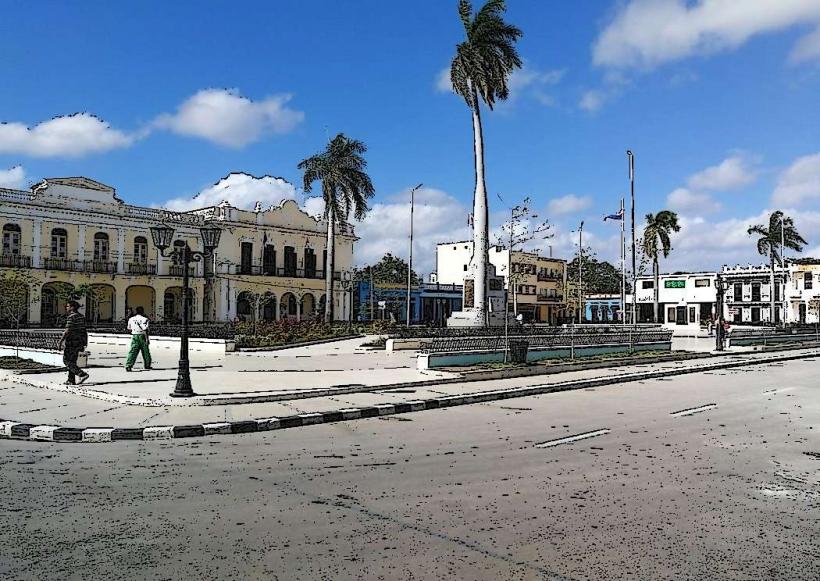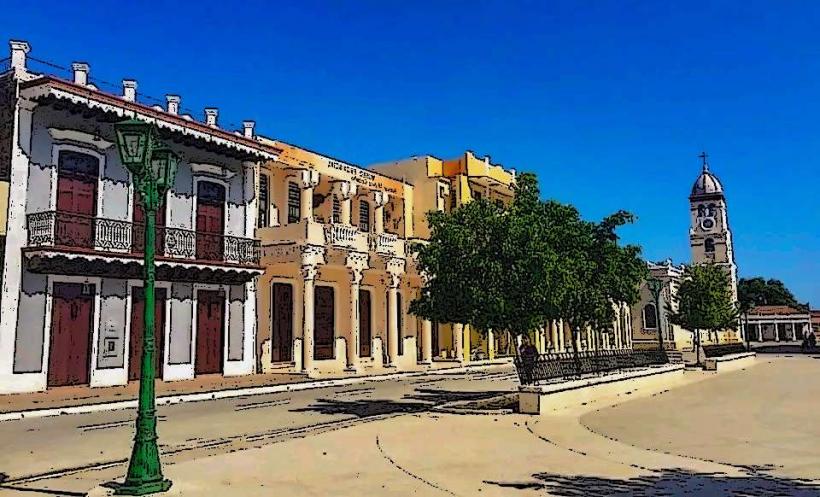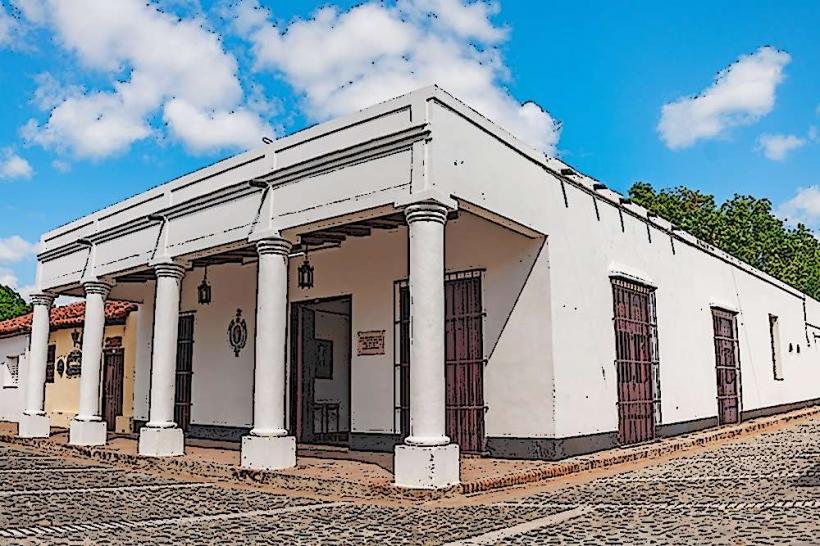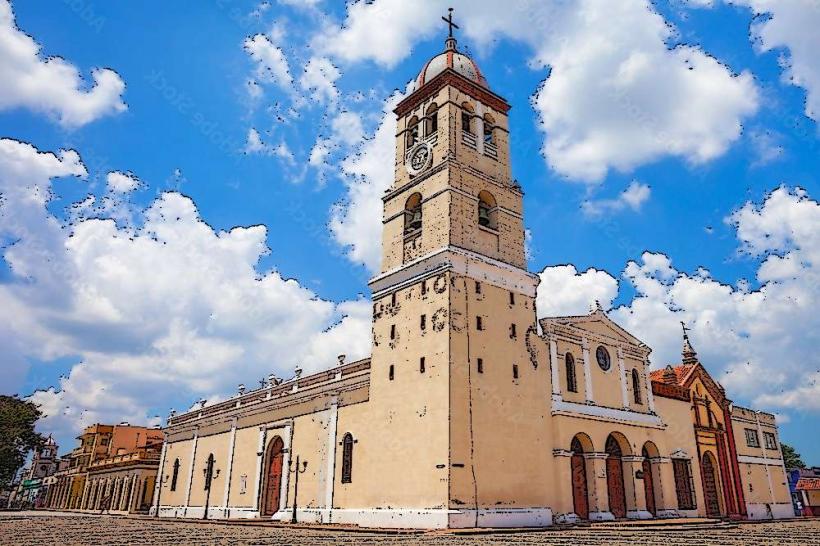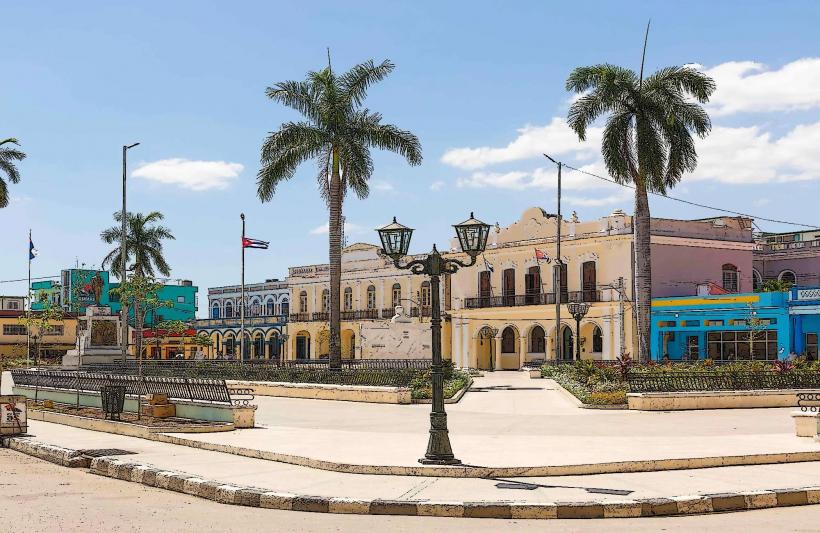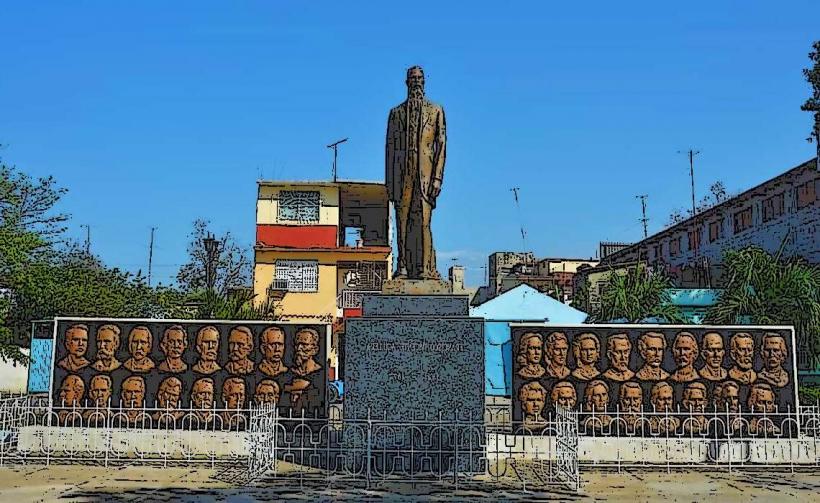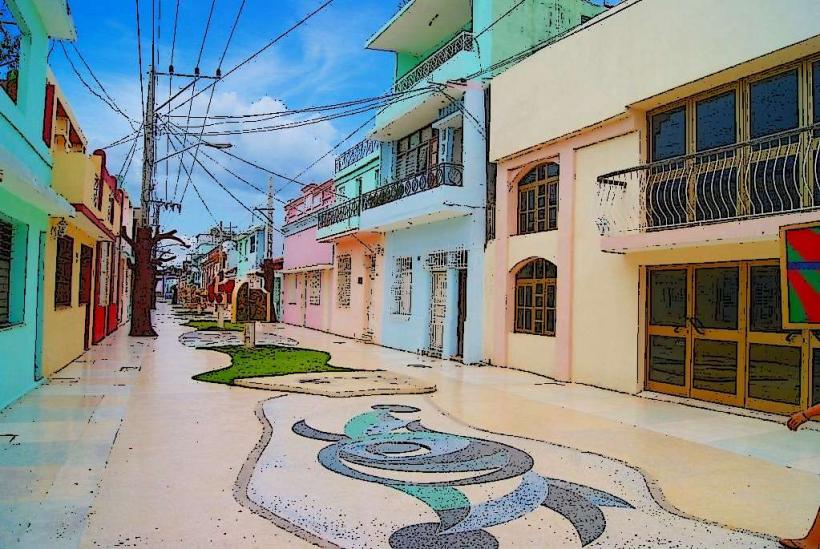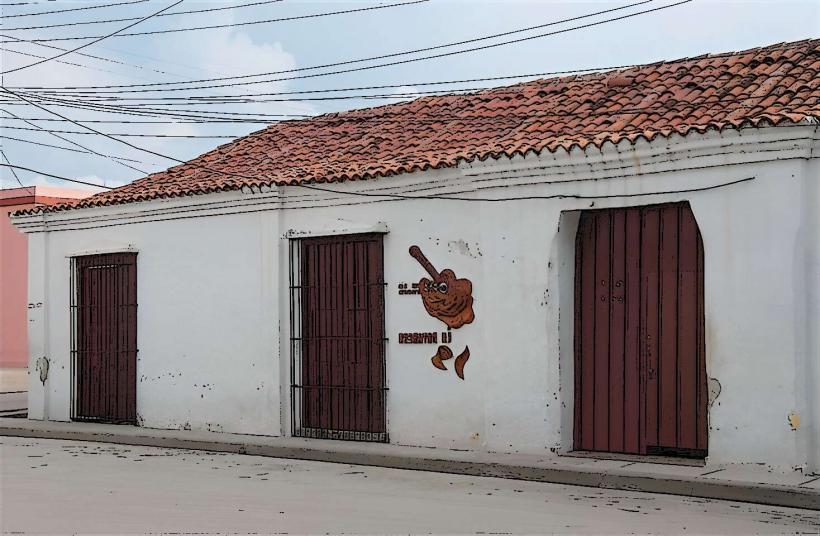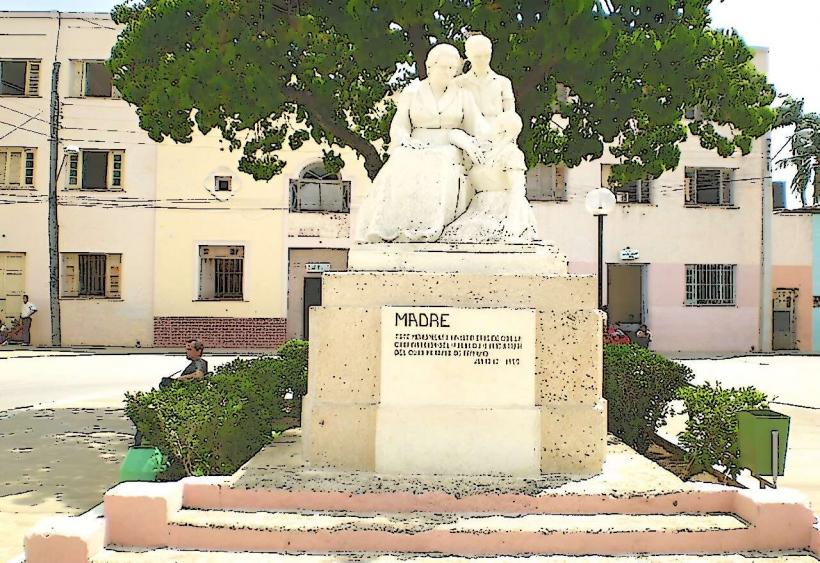Information
Landmark: Museo de la Lucha ClandestinaCity: Bayamo
Country: Cuba
Continent: North America
The Museo de la Lucha Clandestina (Museum of the Clandestine Struggle) is a significant museum located in Bayamo, Cuba. It is dedicated to preserving and sharing the history of the clandestine struggle during the period leading up to the Cuban Revolution. The museum showcases the activities of revolutionary fighters who operated underground against the dictatorship of Fulgencio Batista, before the successful overthrow of his regime in 1959 by Fidel Castro and the revolutionary forces.
Key Features of Museo de la Lucha Clandestina:
Historical Context:
- The clandestine struggle refers to the secret, underground efforts of various groups and individuals who opposed Batista’s authoritarian regime in the years leading up to the Cuban Revolution. The museum highlights the early revolutionary efforts that were critical to the eventual success of the revolution.
- During the Batista dictatorship (1952-1959), many political activists and groups were forced to operate in secrecy due to the government's repression. These groups carried out acts of sabotage, espionage, and subversive activities to weaken the government and inspire public uprisings.
Location and Building:
- The Museo de la Lucha Clandestina is housed in a historic building in Bayamo that is itself significant to the Cuban revolutionary story. The museum’s location was the site of clandestine meetings, where revolutionary plans were discussed, making the building’s history intrinsically tied to the revolutionary narrative.
- The museum is part of the broader historical fabric of Bayamo, a city that played a key role in Cuba’s revolutionary movements, both during the independence struggles against Spain and later during the Cuban Revolution in the 1950s.
Exhibitions:
- The museum’s exhibits focus on the clandestine resistance efforts, offering visitors a glimpse into the lives of the revolutionaries who worked in secret to overthrow the Batista regime.
- Key exhibits include:
- Personal belongings of revolutionary fighters, including letters, weapons, and documents that reflect their commitment to the struggle for Cuban freedom.
- Historical photographs showing the clandestine operations, including portraits of Cuban revolutionaries such as Frank País, Raúl Castro, and Fidel Castro, who were involved in organizing and executing underground resistance efforts.
- Documents and propaganda used by resistance groups, including leaflets and underground newspapers that helped spread anti-Batista sentiment.
- Memorabilia of the struggle, including items that demonstrate the precarious and dangerous conditions under which the revolutionaries operated.
- Displays about the important figures of the underground movement and their efforts to coordinate with the Sierra Maestra rebels and urban resistance networks.
Frank País and the Urban Underground:
- A central figure in the museum is Frank País, a key leader of the clandestine resistance in Santiago de Cuba and the Cuban urban underground. He is celebrated for his role in organizing and leading actions against Batista's forces in the cities, before his tragic assassination in 1957.
- His story is integral to understanding the urban guerrilla warfare tactics used by revolutionaries and their coordination with rural fighters in the Sierra Maestra Mountains.
Educational Role:
- The museum serves as a historical and educational resource for visitors to learn about the early stages of the Cuban Revolution. It highlights the key role that the clandestine struggle played in shaping the political climate in Cuba, particularly in the years before Fidel Castro and his supporters landed in Cuba aboard the Granma yacht in 1956.
- It also underscores the sacrifice and commitment of those involved in the underground movement, many of whom risked their lives to resist the authoritarian regime.
- The museum is an important educational tool for understanding the broader context of the Cuban Revolution, from the early resistance efforts to the military struggles that eventually led to the defeat of Batista's government.
Cultural Impact:
- The Museo de la Lucha Clandestina is not only a place of historical learning but also a cultural symbol of the Cuban revolutionary spirit. It emphasizes the collective action and dedication that ultimately led to the success of the Cuban revolutionaries.
- The museum also underscores the role of the Cuban people in resisting tyranny and fighting for freedom, making it a place of reflection and inspiration for both Cubans and international visitors.
Visitor Experience:
- Visitors to the museum are often guided through the exhibits, where they can hear about the stories of Cuban resistance fighters, view historical artifacts, and gain a deeper understanding of the social and political conditions that led to the Cuban Revolution.
- The museum is also a popular destination for school groups and tourists interested in learning about Cuban history, particularly the clandestine movement and its significance to the revolution.
Conclusion:
The Museo de la Lucha Clandestina in Bayamo is a vital institution for anyone seeking to understand the hidden and dangerous efforts that contributed to the success of the Cuban Revolution. By focusing on the clandestine resistance against Batista’s dictatorship, the museum provides a detailed and personal look at the lives of those who risked everything for the cause of freedom. It is a place where Cuban revolutionary history comes alive, offering valuable insights into the early struggles for independence and the eventual triumph of the Cuban people in 1959.

